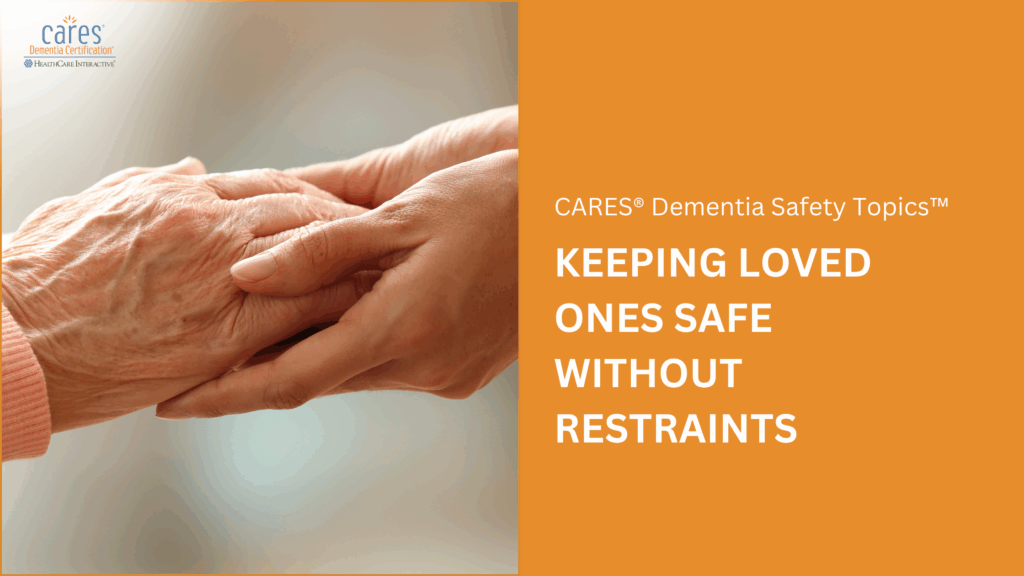In the past, physical restraints were often seen as a necessary part of dementia care. Caregivers and healthcare staff believed that using restraints would help keep people safe—especially those at risk of falling, wandering, or becoming agitated. The intention behind their use was often good: to protect the person with dementia and those around them.
Why Restraints Were Commonly Used
Restraints were traditionally applied in situations where a person with dementia might:
• Be at risk of falling
• Strike out at others
• Wander or move unsafely
• Take food from other people’s plates
• Enter other residents’ rooms or take their belongings
• Get out of bed during the night
• Appear confused, restless, or agitated
• Require lifesaving medical treatment
These actions were often misunderstood as challenging behaviors that needed to be controlled. In reality, they were expressions of unmet needs, confusion, or distress.
The Hidden Harm of Restraints
Although restraints were meant to prevent harm, research has shown that they often do the opposite. Physical restraints can lead to serious injuries, emotional trauma, and, in some cases, even death. They may increase confusion, fear, and agitation in people with dementia, making behaviors more difficult to manage instead of improving them.
Simply put, the use of restraints causes more harm than good.
Knowing the Person Is Key
When caregivers and families take time to know the person behind the behavior, they can identify what might be causing distress or confusion. This person-centered approach allows for creative, compassionate solutions that keep everyone safe—without compromising dignity or freedom.
Get 10% off on CARES® training and learn proven ways to reduce restraint use while promoting dignity and independence in dementia care.
Use code Halloween10 by November 15, 2025.

